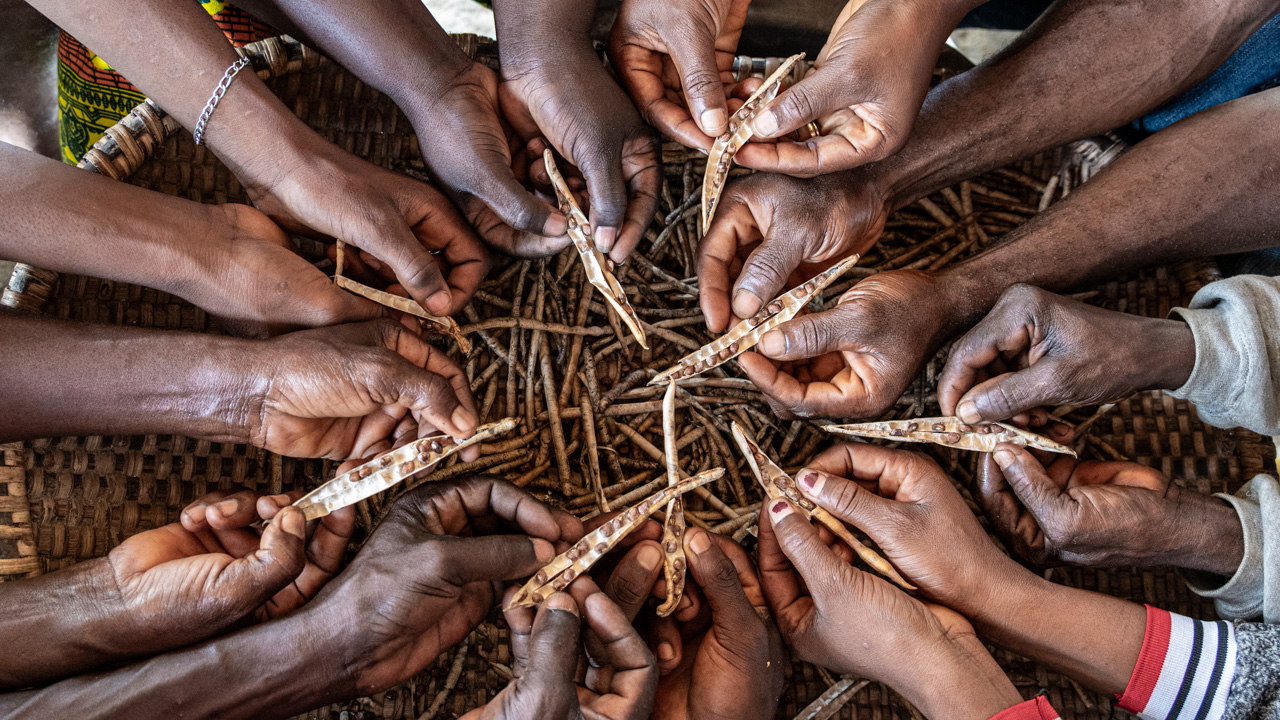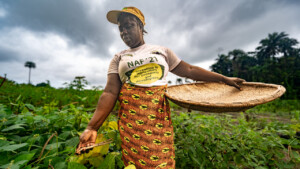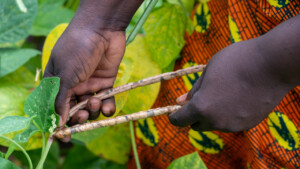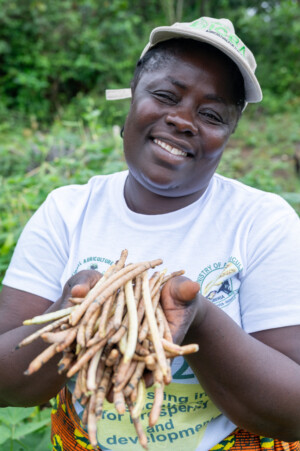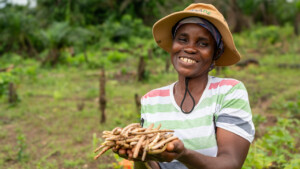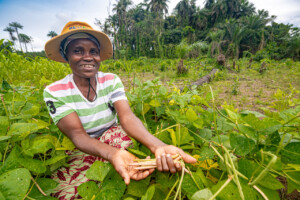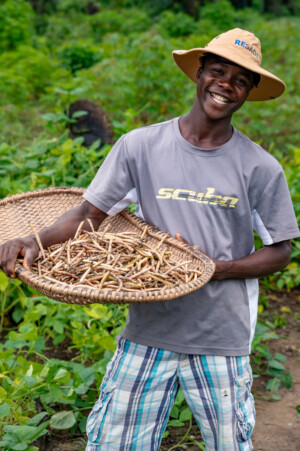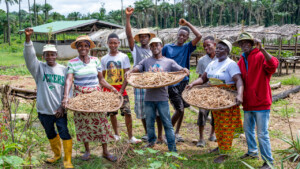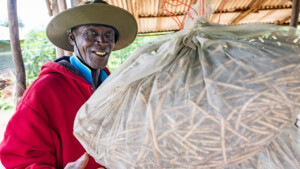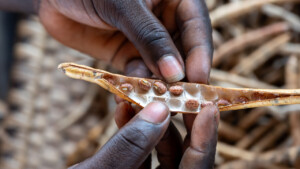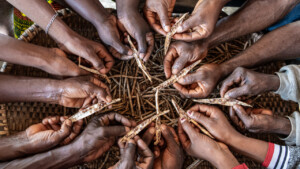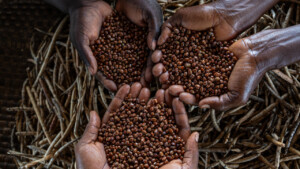You may not think you know what cowpeas are but by another name they may sound familiar.
It’s thought the slave ships that departed from West Africa for three centuries carried not only slaves but also cowpea seeds. Some say the slaves brought that which is dearest to them and hid cowpea seeds in their hair. Others say the slave traders filled their hulls with the cowpeas as food.
Regardless of how they arrived, they became an important food for slaves in the Americas where they are better known as black-eyed peas and still widely enjoyed.
Cowpeas are an important staple food in West Africa, which is most likely where they were first domesticated. It’s a hardy legume crop and fixes nitrogen from the air. And it provides a good protein source.
Outside of Buchanan, Liberia, I met members of a farmer’s cooperative who are working to multiply seeds of improved cowpea varieties. With the changing climate, the area is experiencing increased periods of drought. A team from Liberia’s Central Agricultural Research Institute (CARI) provided the cooperative with cowpea seeds that are more tolerant of drought. But a few bags of improved seeds don’t go very far amongst the members of the cooperative. So CARI taught the members how to grow out the seeds to multiply them and then how to clean, dry and process the seeds.

